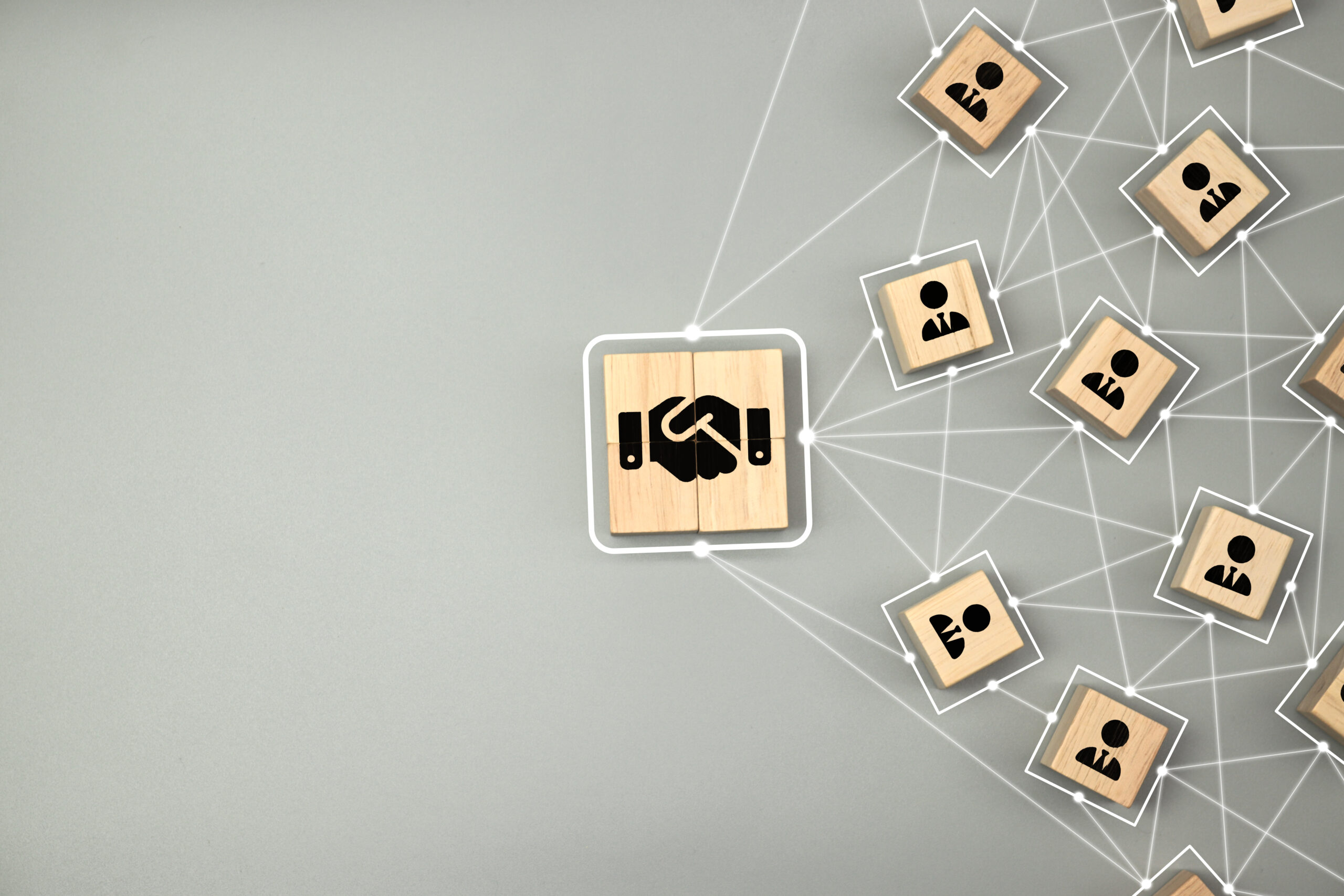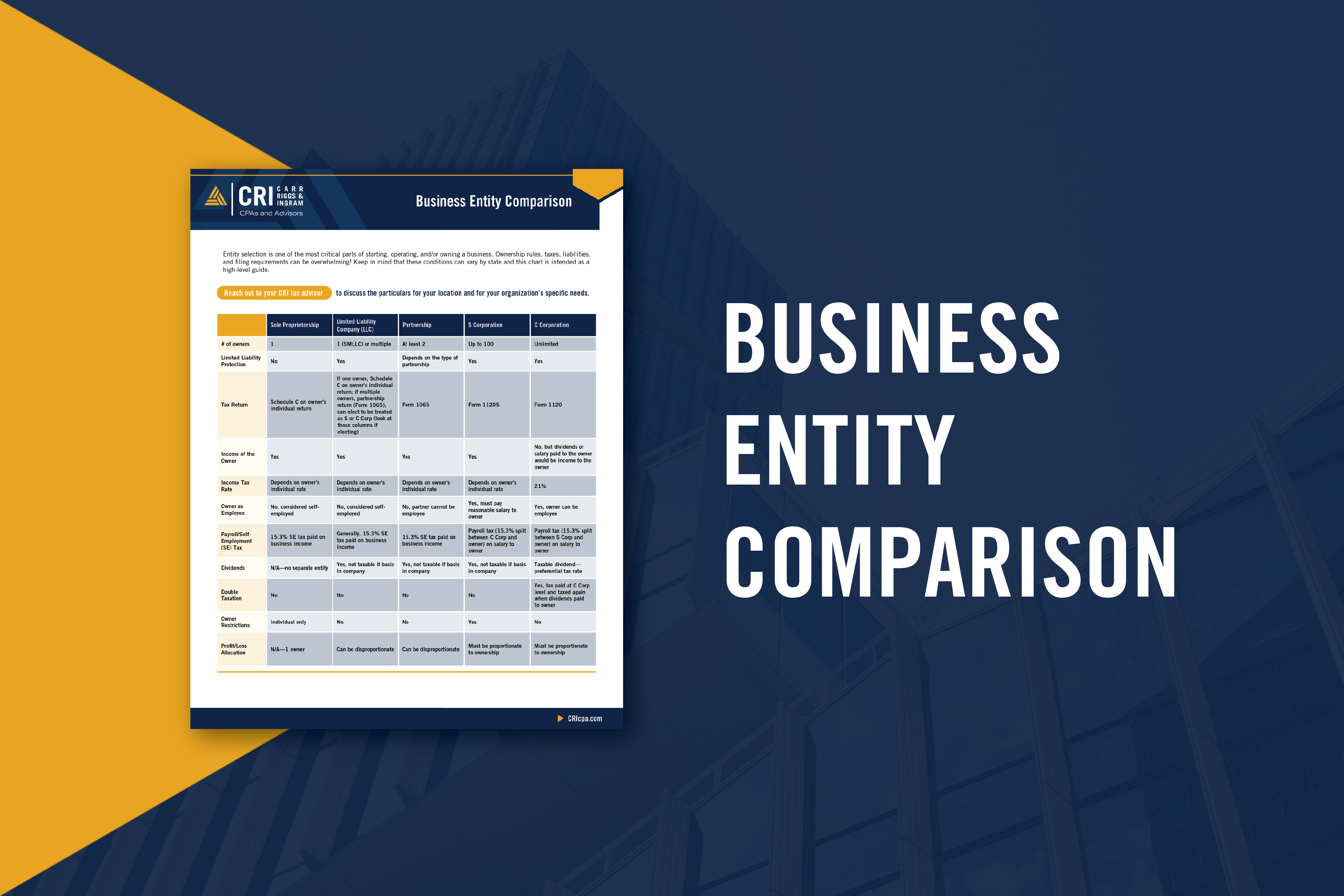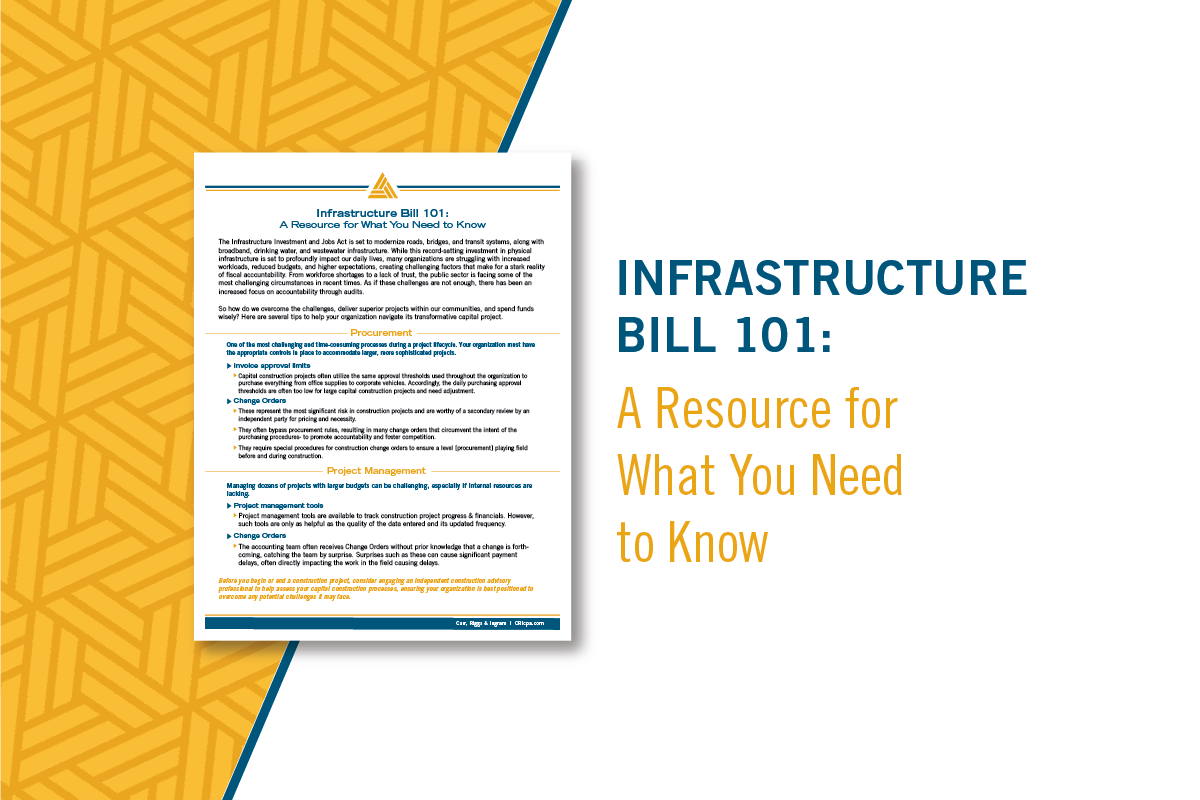How to Develop a Cyberattack Recovery Plan
- Contributor
- Tyler Mills
Jun 28, 2024
Cyberattacks pose a persistent threat with potential profound implications for businesses. Driven by increased digital activity and the lure of financial gain, cybercrime has become an enduring challenge. Every business faces the risk of a breach, underscoring the necessity for proactive planning.
Developing a robust business continuity and disaster recovery (BC/DR) plan is essential to maintain critical operations amid disruptions. In the event of a cyberattack, this plan should outline recovery strategies aimed at swiftly restoring affected business functions.
Business Impact Analysis
A business impact analysis will help an organization weigh what costs it may incur due to a disruption. Exploring the numerous outcomes associated with various cyberattack scenarios, and forecasting the time it could take to get your organization up and running again, will help prepare your business for an attack. Such a situation analysis will also help pinpoint and improve any blind spots in the organization and close any gaps in controls.
A breach or ransomware attack could cause significant economic damage, which might continue to grow depending on how long it takes to restore the network. It’s essential to quantify digital assets that a cybercriminal may find valuable, such as customer information, ACH/wire transfers, and payroll information. Cyberattacks stemming from breaches or security controls failures might result in regulatory fines, contractual penalties, or privacy law violations.
Beyond the immediate financial impact, data breaches may damage the organization’s brand, causing customers to question the organization’s reputation and go elsewhere for products or services. Plus, the cost to restore processes from a third-party vendor or to build temporary systems will add to the tab.
Ransomware remains a significant threat, constituting 24% of all breaches. In the event of a ransomware infection, organizations face the critical decision of whether to pay the ransom. These attacks can severely impact businesses of all sizes, with the median ransom demand reaching $650,000, while the median actual ransom payment stands at $350,000, as reported in the '2023 Unit 42 Ransomware and Extortion Threat Report.' While no prevention method offers absolute safety, a robust recovery plan is essential to mitigate potential damages.
The Recovery Plan
Designing an organized, well-thought-out response in the event of a breach can lessen the damage from a cyberattack.
First, identify the most critical functions and identify the individuals or teams responsible for performing a damage assessment. Then, prepare a list of external resources, such as IT vendors and legal counsel. The BC/DR plan should include a detailed IT recovery plan, including network and data restoration. Establish a clear set of goals, such as recovery time objectives. Also, describe ways to minimize disruption, such as by isolating certain backup functions.
Next, outline the framework needed to keep operations moving forward. For example, you might identify manual workarounds or alternate networks, such as personal emails and computers. A business continuity plan will instruct employees on how to shift to the alternative working conditions, and it will enable them to communicate with customers and collaborate in the temporary environment.
To reduce confusion and panic after a real business disruption, educate employees on the recovery plan in advance of a potential threat. Employees will then have a clear set of instructions for reacting to a threat immediately, rather than waiting for guidance after an attack has already happened. Similarly, it’s ideal to prepare public relations communications before a breach so an official statement can be sent to customers, stakeholders, and media immediately following a cyber event.
Be sure to articulate how the IT department and other critical roles will work together quickly and effectively. Outline how employees should communicate to one another and customers, and how they will work around the attack to continue doing their jobs.
Minimize Business Disruption
Taking the necessary risk management steps before a cyberattack will help your organization reduce the impact, cost, and time required to resume business as usual. However, the BC/DR plan must also be continually tested to determine if internal defenses and reactions are sufficient responses to a threat. Fire drills and simulated scenarios can validate your plans and help management and employees respond to cyberattacks as a cohesive team.
To better understand your organization’s cybersecurity risks and appropriate mitigation strategies, download our Business Owner’s Guide to Cybersecurity. Or contact your CRI advisor for help developing a strategic BC/DR plan designed specifically for your organization.

































































































































































































































































































































































































































































































































